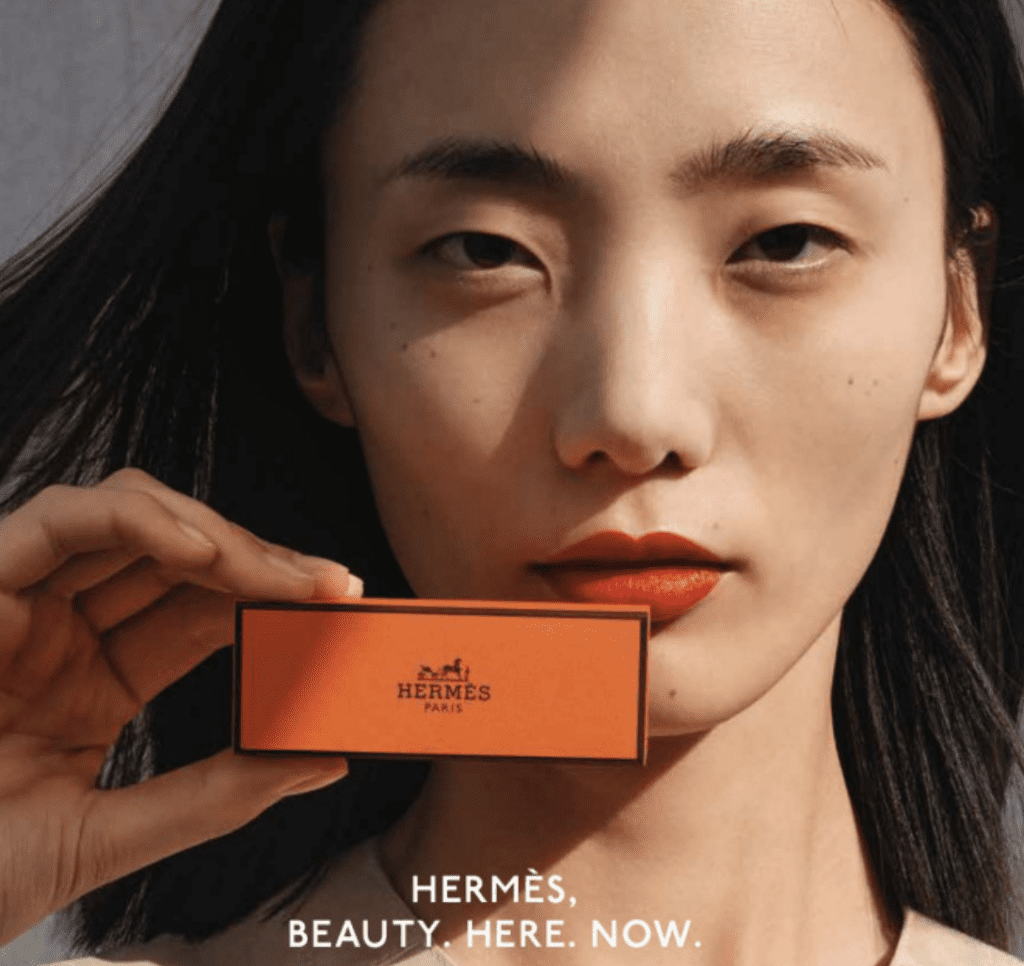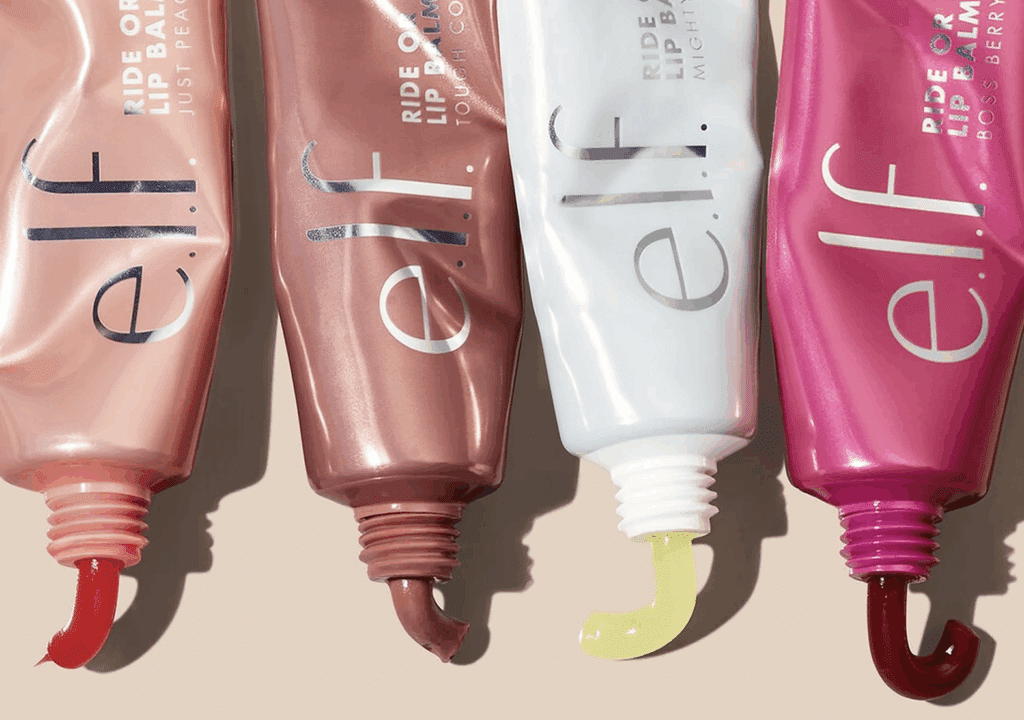The latest round of Hermès’ quest to register a color-centric trademark has been met with pushback from a Japanese court. In a decision in March, the Japan IP High Court ruled to dismiss the French luxury goods brand’s appeal of a decision from an appeals board for the Japanese Patent Office (“JPO”), which refused to register a mark that consists of a combination of orange and brown hues on product packaging for leather goods, perfume/cosmetics, jewelry, etc. (App no. 2018-133223) on the basis that it lacks both inherent and acquired distinctiveness, and thus, does not function as an indicator of a single source (i.e., the Hermès brand) in the minds of consumers.
In its decision, the Japan IP High Court focused on whether consumers are able to identify the use of Hermès’ mark – which consists of the color orange applied to the exterior of merchandise boxes with brown trim for use in connection with various and goods and retail services – without the inclusion of the Hermès’ name, as well. Faced with an array of evidence of secondary meaning, including advertisements and examples of third-party media attention, the IP High Court held that the Hermès word mark is widely known among consumers in the market. Moreover, the panel of judges acknowledged that the orange hue commonly used by Hermès – and the orange and brown box design – both serves as “symbolic” indicators of the Hermès brand.

The potential issue, according to the court, is whether consumers are able to tie the orange and brown box with the Hermès brand when the Hermès name and its horse-drawn carriage logo are not present on such product packaging. To gauge the level at which consumers can do so, the court cited a consumer survey conducted on Hermès’ behalf in August 2020. The survey revealed that of the 2,060 valid responses, 39.2 percent identified Hermès by way of “pure recall” – or when shown three boxes bearing orange and brown Hermès boxes in different shapes and being asked which brand used the orange and brown color combination for its packaging. Meanwhile, 44.4 percent chose Hermès by way of “assisted recall” – or in other words, when they were shown the same boxes and asked to select which brand (of a list of 10 including Gucci, Hermès, Chanel, etc.) uses those colors for its product packaging.
> The court found that the overall recognition rate of 40 percent among the surveyed consumers is enough to establish that the orange and brown mark has acquired distinctiveness – to some extent at least.
Still not a win for Hermès, though, the court took issue with the market research surveys, which targeted men and women in their 30s to 50s residing in nine prefectures in Japan that either boasted certain income levels of that expressed interest in bags, accessories, watches, cosmetics, or perfume and had purchased any of these items within the past six months.
Since the market surveys did not target general consumers by excluding those under age 29 and over 60, and limiting their incomes to JPY10,000,000 ($65,000) and above or only targeting consumers who expressed interest in – and actually purchased – bags, accessories, watches, cosmetics, or perfume within the past six months, their findings are not representative of the general public. As reported by Osaka-based trademark attorney Masaki Mikami, the court held that the Hermès mark at issue “covers various goods that are regularly consumed by the general public,” such as perfume/cosmetics, jewelry, and leather goods, the limited surveys are “inadequate and insufficient as evidence to demonstrate acquired distinctiveness of the color mark in question.”
With the foregoing in mind, the IP High Court held that the JPO and its board did not err in failing to find that the Hermès mark is inherently distinctive or has acquired distinctiveness, and thereby, refusing to register the mark based on Article 3(1)(iii) and 3(2) of the Trademark Law. (Article 3(1)(iii) prohibit the registration of marks that lack distinctiveness, and Article 3(2) mandates that marks that lack inherent distinctiveness may be registered only upon a showing of acquired distinctiveness.)
The decision from the IP High Court follows from a loss for Hermès from the JPO, which found that Hermès orange and brown on product packaging mark is not necessarily an indicator of source, and a refusal of its appeal from the JPO’s Appeals Board,which held that Hermès selected its colored packaging “to enhance the impression and aesthetics of goods and services,” and that they are “not recognized to indicate the origin of goods or services and distinguish them from competitors.”
THE BIGGER PICTURE: The case marks the latest clash in a string of largely unsuccessful matters, including one waged by Christian Louboutin (which also included survey-related issues), that center on the use of color(s) as an indicator of source in Japan. It not only sheds light on the difficulty that companies will face when looking to register single-color marks in Japan, as such marks will invariably be treated as inherently devoid of any distinctive character, and thus, the applicant will need to show that the mark has acquired distinctiveness. It also highlights the need for filing-parties to provide the court with evidence of acquired distinctiveness by way of appropriately tailored surveys.
These issues – and the corresponding guidelines from the JPO – “are remarkably similar to U.S. law (except the fact that acquired distinctiveness is not always required for color combination marks in the United States),” per Amy Hsiao, who is the chair of the Asia Trademark & Anti-Counterfeiting Practice of Adsero IP. However, she notes that “their application in practice appears to be different, given the lack of success registering single colors in Japan.” The difference lies in “the threshold requirement to prove distinctiveness in Asia vs. the United States; the former is a lot more stringent than the latter.”
While trademark law in Japan is “less rigid” than in China, for example, when it comes to color marks, Hsiao says that it is “still not as accommodating as the United States.” Case in point: Hermès has maintained a registration for its orange product packaging mark for use in classes 3, 14, 18, 25, and 35 in the U.S. since 2011.














